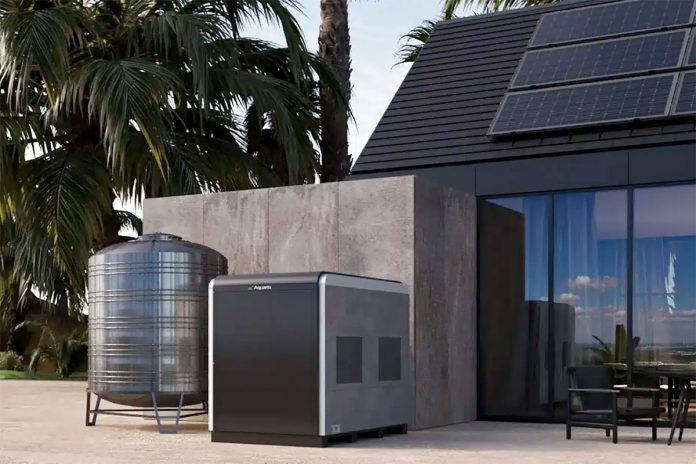Access to clean drinking water is one of the fundamental needs for human survival. Traditional water sources, such as rainfall, rivers, and lakes, are becoming increasingly unreliable due to climate change. Aquaria Technologies, a company based in San Francisco and founded in 2022, aims to tackle this challenge by providing affordable, clean drinking water through a novel approach: pulling it directly from the air. Their innovative technology, utilizing self-contained solar-powered boxes, has recently gained recognition as a finalist for the Future Resilience Prize in the 2024 Urban Future Prize competition.
The concept of atmospheric water generation
Atmospheric Water Generators (AWGs) are devices designed to extract water from the surrounding air. While this concept is not entirely new, recent advancements have made AWGs more efficient, affordable, and safer. Aquaria Technologies has developed several products in this space, offering a range of solutions tailored for different needs and environments.
The primary technology behind AWGs involves pulling moisture from the air and filtering it to ensure safety and palatability. Unlike standard dehumidifiers, which also extract moisture but produce water unsuitable for consumption, Aquaria’s AWGs incorporate multiple layers of filtration and sterilization. This includes particulate filtration, carbon filtration, and ultraviolet (UV) sterilization to remove contaminants and kill bacteria and viruses. Some models even offer mineralization features to enhance the taste and nutritional value of the water.
Aquaria’s product line
Aquaria’s product line includes several models designed for both home use and public spaces:
Hydrostation: A stand-alone outdoor water dispenser, the Hydrostation is designed for environments like parks, construction sites, and resorts where a reliable water source is needed for up to 1,500 people. This model operates independently of any plumbing system, making it highly versatile and easy to install in a variety of locations.
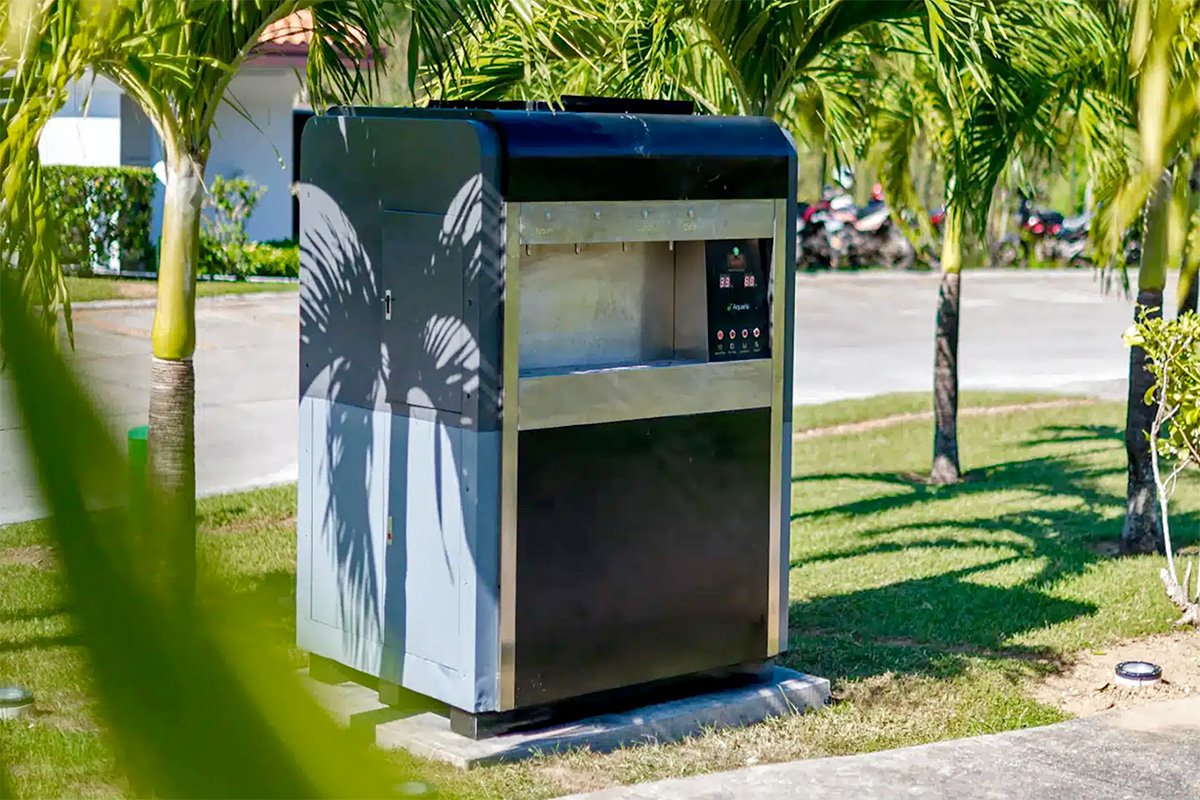
Hydropixel: The Hydropixel is an indoor water dispenser designed for home use. It can generate up to 24 gallons (91 liters) of water per day and requires only a power outlet to operate. Aquaria claims that the Hydropixel is one of the most energy-efficient stand-alone AWGs available, consuming just 1.25 kilowatt-hours (kWh) per gallon (330 Wh/L). Depending on the local cost of electricity, the price of generating a gallon of water with the Hydropixel can range from as low as a single cent to around $0.66. For example, in a market where electricity costs $0.14 per kilowatt-hour, the cost would be approximately $0.17 per gallon, significantly cheaper than purchasing water from a grocery store refill station, where prices might be around $0.50 per gallon.
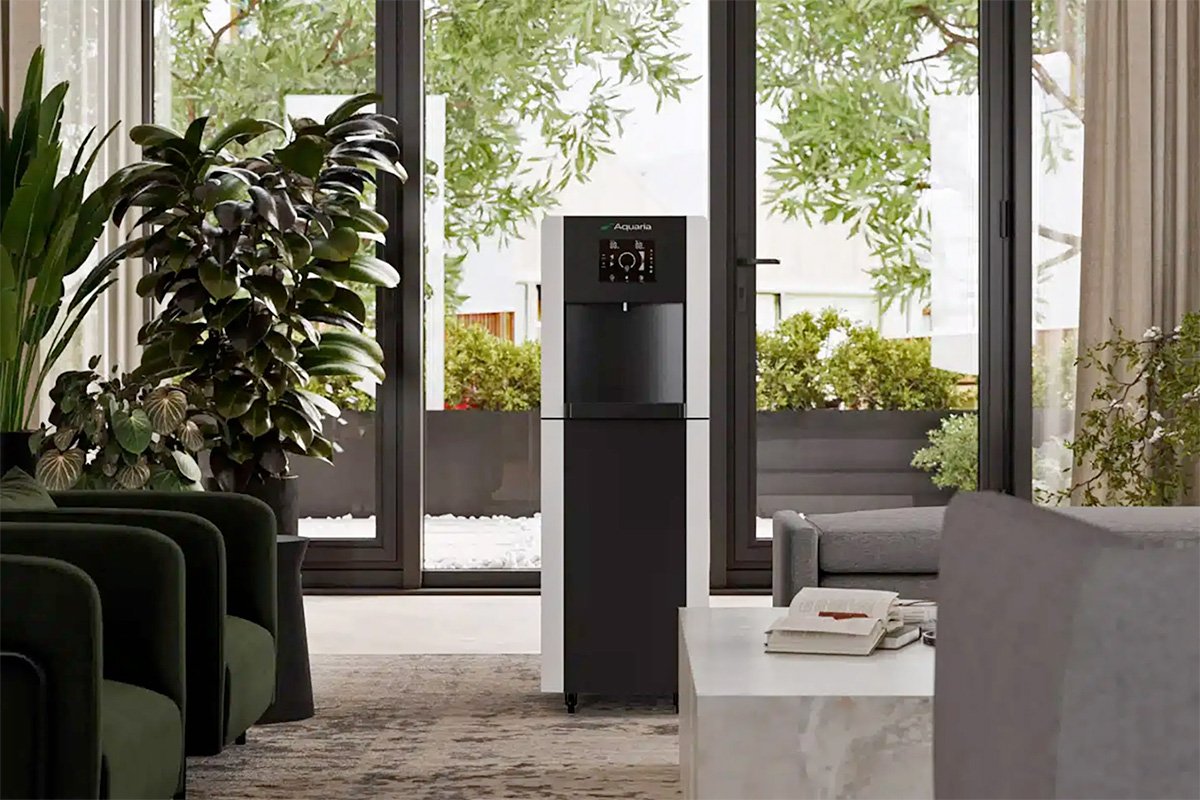
Hydropack: For those seeking a whole-home solution, the Hydropack offers a more robust option. It is rated even more efficiently than the Hydropixel, at 0.93 kWh per gallon (245 Wh/L), which translates to a cost of around $0.13 per gallon.
Hydropack X: For larger needs, Aquaria offers the Hydropack X, a dual-Hydropack configuration capable of producing up to 264 gallons (1,000 liters) of drinkable water per day under optimal conditions. This setup is designed to replace a household’s dependence on municipal water entirely. The Hydropack X will soon be put to the test in Hawaii, where it is planned to supply water to a 1,000-home community using only atmospheric water generation.
Efficiency and environmental impact
Aquaria’s products are designed with sustainability and efficiency in mind. By utilizing solar power, the cost per gallon of water produced can be reduced to nearly zero, making these systems not only eco-friendly but also cost-effective in the long run. According to the Environmental Protection Agency (EPA), the average American household consumes about 300 gallons (1,136 liters) of water daily. While Aquaria’s AWGs may not fully meet this demand in every location, adopting water-saving practices could make it possible for households to rely entirely on AWGs as their sole water source.
It’s important to note that the efficiency of AWGs can be significantly influenced by local climate conditions, particularly humidity and temperature. For instance, in a dry climate, such as that of San Francisco, the Hydropack X might produce around 132 gallons (500 liters) per day, whereas in a humid environment like Miami, production could exceed 250 gallons (950 liters) daily. The devices are designed to operate best within a temperature range of 59-109 °F (15-43 °C); performance outside this range may be less reliable.
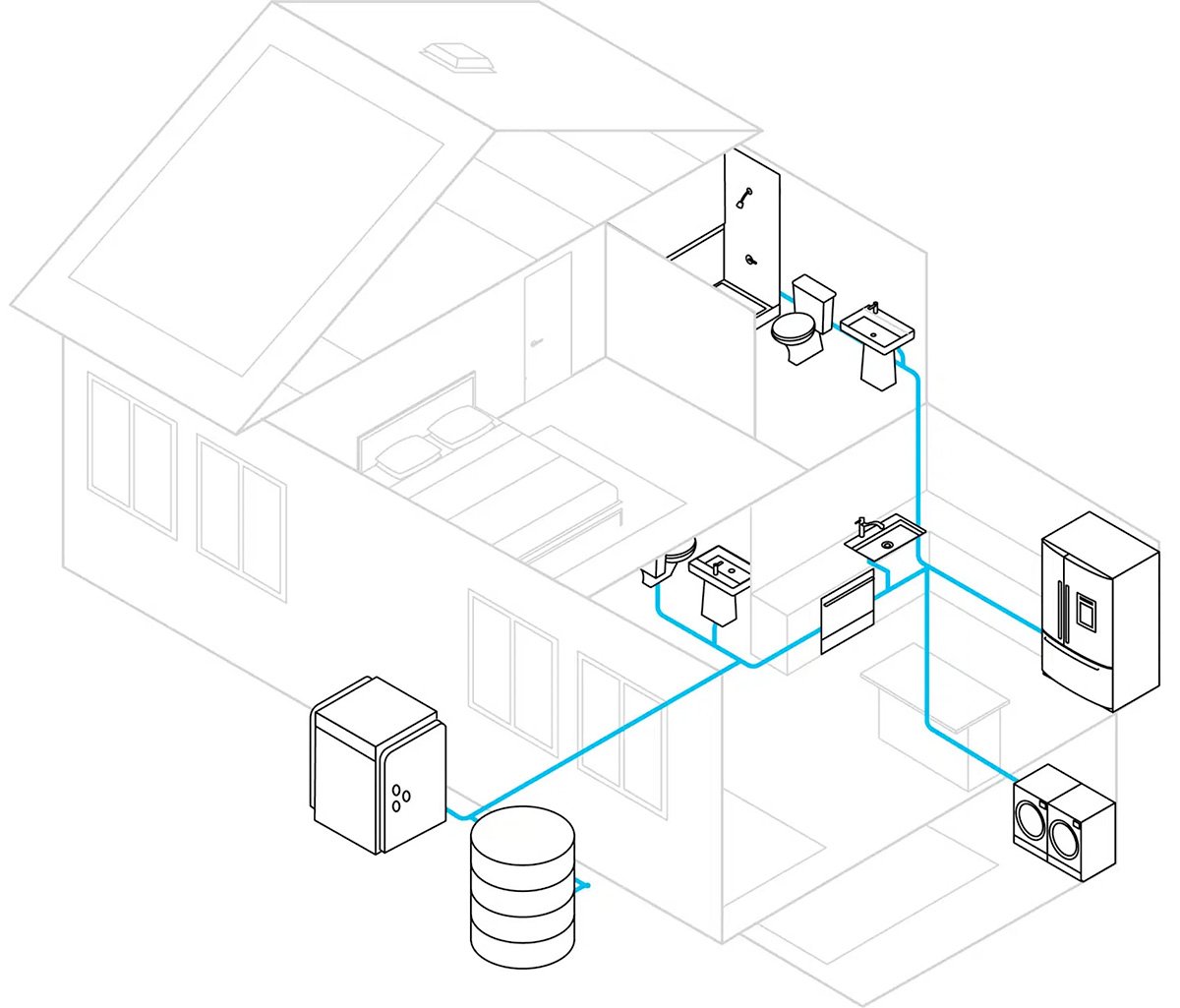
Maintenance and water quality
Aquaria has also focused on ensuring the water produced meets high-quality standards. All AWGs from Aquaria come equipped with software that monitors water quality around the clock, ensuring compliance with both EPA and World Health Organization (WHO) standards, regardless of the air quality. Users are advised to change the filters every 6 to 12 months, depending on usage and environmental conditions, to maintain the quality of the water produced.
Cost and availability
Aquaria has listed prices for most of its Atmospheric Water Generators (AWGs) on their website, allowing potential customers to make informed decisions. The Hydropixel, which produces up to 24 gallons (91 liters) of fresh, clean, mineralized water per day, is priced at $3,499. The Hydropack S, capable of generating up to 66 gallons (250 liters) of clean water daily, costs $9,999. For those requiring more capacity, the Hydropack and Hydrostation, which can both produce up to 132 gallons (500 liters) per day, cost $17,499.
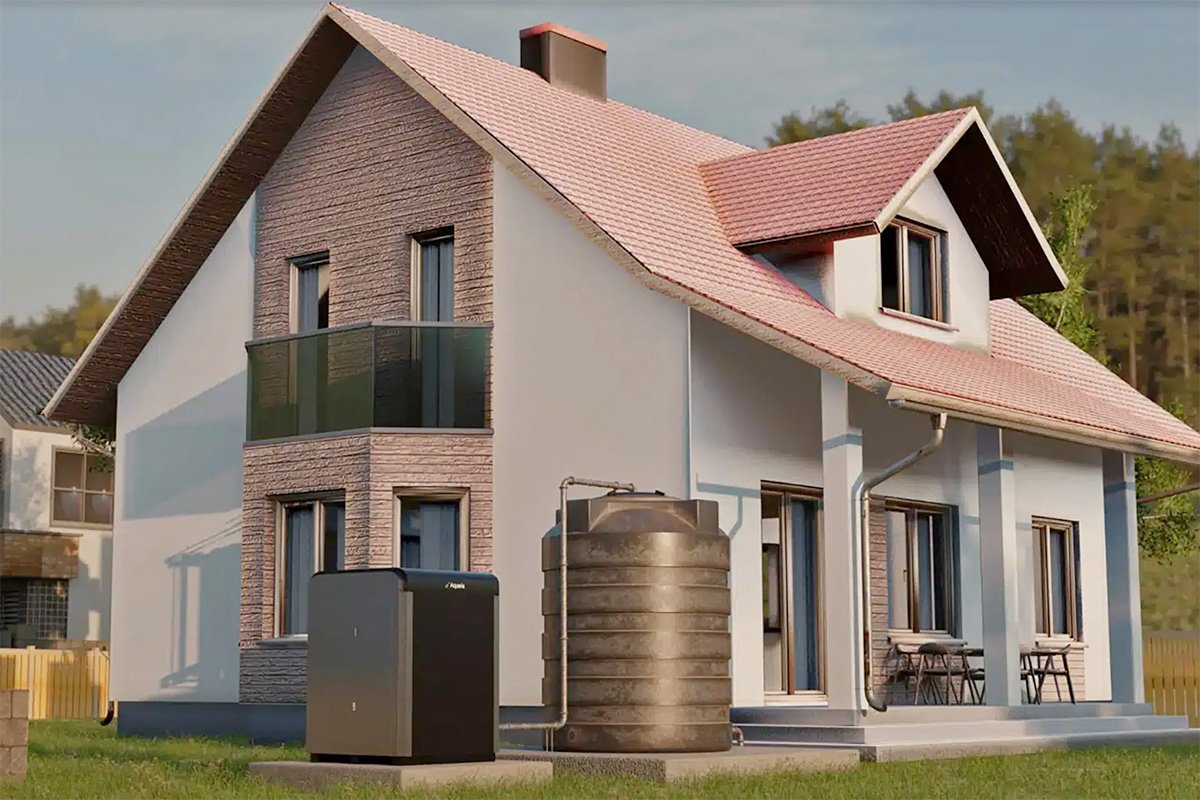
For larger-scale needs, the Hydropack X, capable of producing up to 264 gallons (1,000 liters) per day, is available for $29,999. The cost of water production will also depend on local electricity rates and the unit’s energy consumption. Aquaria is actively working on expanding its production capabilities and is preparing to provide water solutions for various settings, including a major project for a 1,000-home community in Hawaii later this year.
Source: Aquaria

